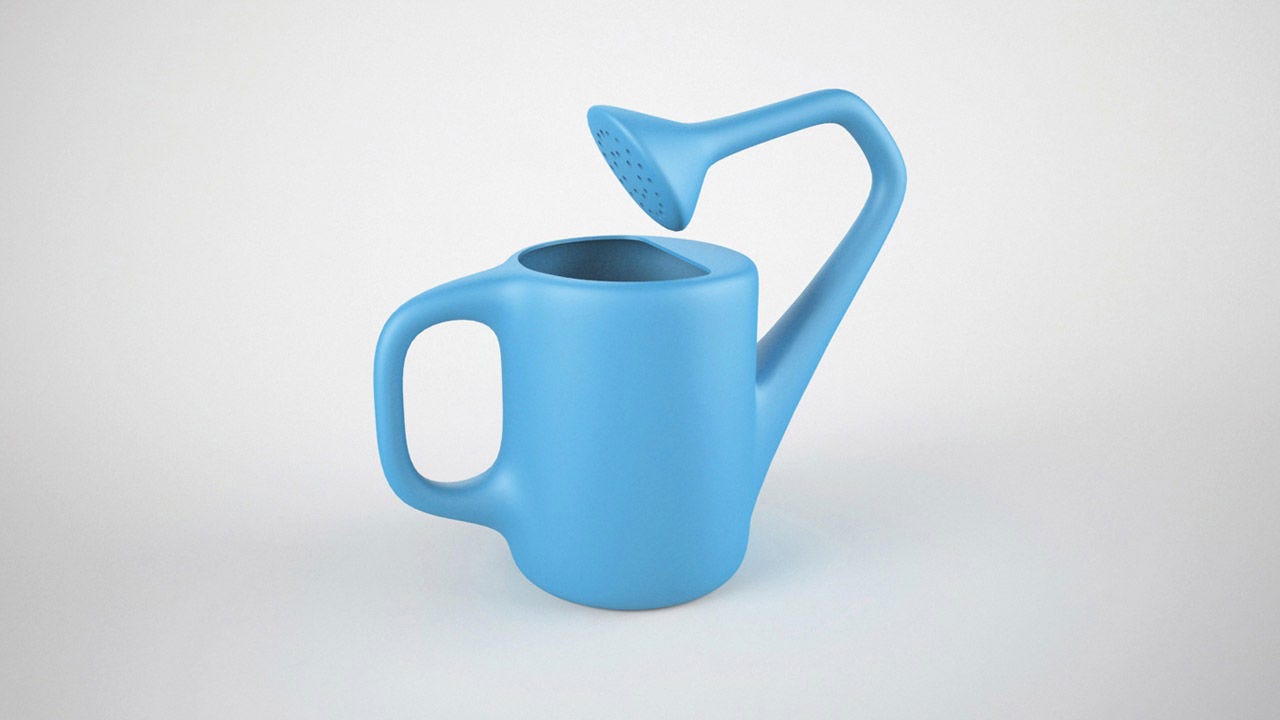Design for the User, Position for the Buyer
Food for thought to someone starting out

I am not exactly sure when I learned this, but it is something I have carried with me into many successful sales situations. It is also something I often share with startups I advise.
There is most often a difference in users and buyers. You are incredibly lucky if they are the same, but in general a golden rule is: Design for the User, Position for the Buyer.
User-Led
There are some amazing entrepreneurs out there who are passionate about solving the problem for the end user. This is a great ambition and passion to have, as that will help create a delightful product that users will want to use - one of the key criteria for success. However, entrepreneurs sometimes forget that there is often a difference between the end user and the buyer, leading to awkward demos by passionate entrepreneurs showing feature after feature to a mixed team of users or champions and business decision makers. Product feature demonstrations in front of buyers most commonly fall flat.
Management or Buyer-Led
It is stunning to see some companies that have a great M+ revenue from a handful of customers, but fail to realize these customers will never renew. These teams have often nailed the business problem, and can really sell and close the deal very high up in an organization. However, not a single user is using their products, or only a handful with limited engagement and passion. That is a sure sign for them to pivot urgently because if they don’t, their customers will never come to a renewal and therefore, will long term never succeed.
The best products I have seen are those that have delightfully solved for both the buyer’s needs as well as addressed the biggest pain points in the end user’s workflow with delight.
Assure a Budget Upfront
There are different sales pitches to be made, depending on who is sitting at the other side of the table. Show the product features to the intended end users, by all means, and let their delight become fuel for a business conversation. But never underestimate that you are also selling to a business owner who has other competing priorities. If you don't tap into their core needs for the coming year and help them to solve their most critical problems, it does not matter if you have designed a fantastic product; it just won't get the budget.
Make sure the problem is critical to the decision maker and that there is a clear line to a budget for solving the problem before you even start.
In conclusion: design for the user, position for the buyer, sell with both in mind - and always ensure a budget up front!
Good point, Eva. With the Subscription model, we trade-off accessibility with ownership. This option provides lesser weight to the buyer and more towards the user as you don’t need to invest in heavy upfront costs (i.e., Monthly Renewals). The exit criteria make it easier to switch to a better product. This is where customer service/success plays a key role.